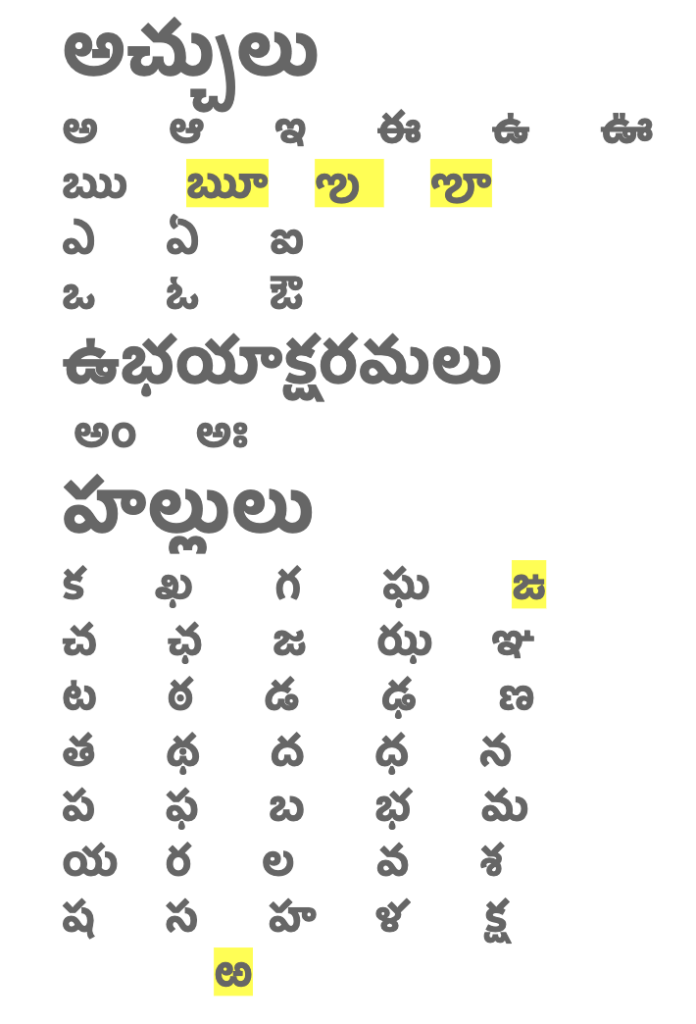Telugu, often referred to as the "Italian of the East," is one of the most widely spoken Dravidian languages in India. With a rich history spanning over centuries, it plays a crucial role in the cultural, literary, and social fabric of Andhra Pradesh and Telangana. This article aims to provide a detailed exploration of the language, its significance, and its impact on modern society.
Telugu is not just a language; it is a vibrant reflection of the traditions, customs, and values of the people who speak it. From its ancient roots to its modern adaptations, Telugu continues to evolve while maintaining its unique identity. In this article, we will delve into various aspects of the language, including its history, grammar, literature, and its role in contemporary life.
As one of the 22 scheduled languages of India, Telugu has been recognized as a Classical Language by the Government of India. This designation underscores its historical importance and cultural contributions. By understanding the nuances of Telugu, we can appreciate its profound influence on the linguistic landscape of South India.
Read also:Full Y Video Everything You Need To Know About This Trending Phenomenon
Table of Contents
- History of the Telugu Language
- Telugu Grammar and Syntax
- Telugu Literature: A Rich Legacy
- Dialects of Telugu
- Modern Usage of Telugu
- Telugu in Media and Entertainment
- Role of Telugu in Education
- Global Influence of Telugu
- Learning Telugu: Resources and Tips
- Conclusion
History of the Telugu Language
Telugu has a rich and storied history that dates back to the early centuries. The earliest inscriptions in Telugu can be traced to the 6th century CE, during the reign of the Renati Cholas. Over the centuries, the language evolved significantly, influenced by Sanskrit, Prakrit, and other regional languages.
By the 11th century, Telugu had developed a distinct literary tradition, with works like "Andhra Mahabharatam" by Nannaya marking the beginning of classical Telugu literature. The language continued to flourish under the patronage of various dynasties, including the Kakatiyas, Vijayanagara Empire, and the Qutb Shahis.
Key Historical Milestones
- 6th Century CE: Earliest inscriptions in Telugu
- 11th Century CE: Emergence of classical Telugu literature
- 14th Century CE: Golden Age of Telugu under the Vijayanagara Empire
Telugu Grammar and Syntax
Telugu grammar is characterized by its complex system of verb conjugations, noun declensions, and sentence structures. Unlike Indo-European languages, Telugu follows a Subject-Object-Verb (SOV) word order, which is typical of Dravidian languages.
The language has a rich vocabulary and uses a unique script that is both phonetic and syllabic. Telugu script is derived from the Brahmi script and is known for its elegant curves and flowing lines.
Key Features of Telugu Grammar - SOV word order
- Rich system of verb conjugations
- Use of postpositions instead of prepositions
Telugu Literature: A Rich Legacy
Telugu literature boasts a treasure trove of works spanning various genres, including poetry, prose, drama, and epics. From the classical period to the modern era, Telugu writers have contributed significantly to the literary world.
Notable poets like Tikkana Somayaji, Nannaya, and Vedanta Desika have left an indelible mark on Telugu literature. Modern writers such as Sri Sri and Viswanatha Satyanarayana have continued this legacy, exploring contemporary themes and issues.
Read also:Movierulz 2024 Ndash Download Kannada Movies The Ultimate Guide
Notable Telugu Literary Works
- "Andhra Mahabharatam" by Nannaya
- "Sri Krishna Rayabaram" by Tikkana
- "Kumarasambhavam" by Bhattumurthy
Dialects of Telugu
Like many languages, Telugu is spoken in various dialects across different regions. These dialects reflect the cultural diversity of the Telugu-speaking population and are often influenced by neighboring languages.
Some of the major dialects include:
- Rayalaseema dialect
- Coastal Andhra dialect
- Telangana dialect
Each dialect has its own unique features, making Telugu a truly diverse language.
Modern Usage of Telugu
In modern times, Telugu continues to thrive as a language of communication, education, and administration. It is widely used in government offices, educational institutions, and media outlets in Andhra Pradesh and Telangana.
With the rise of digital technology, Telugu has also made significant inroads into the online space. Social media platforms, websites, and mobile applications are increasingly using Telugu to reach a wider audience.
Applications of Telugu in Modern Life
- Government communication
- Education and academia
- Online media and digital platforms
Telugu in Media and Entertainment
Telugu cinema, often referred to as Tollywood, is one of the largest film industries in India. With a rich tradition of producing high-quality films, Tollywood has a massive following both within and outside India.
Televisions channels, radio programs, and streaming platforms also contribute to the popularity of Telugu in the entertainment sector. This widespread presence helps preserve and promote the language to new generations.
Role of Telugu in Education
Telugu plays a vital role in the education system of Andhra Pradesh and Telangana. It is the medium of instruction in many schools and colleges, ensuring that students have a strong foundation in the language.
Efforts are being made to incorporate Telugu into higher education and professional courses, making it more accessible to learners across different fields.
Global Influence of Telugu
With a growing Telugu-speaking diaspora around the world, the language has gained international recognition. Communities in countries like the United States, Canada, and the United Kingdom actively promote Telugu through cultural events, language classes, and media.
Organizations like the World Telugu Federation work tirelessly to preserve and promote the language globally, ensuring its continued relevance in the modern world.
Learning Telugu: Resources and Tips
For those interested in learning Telugu, there are numerous resources available, including textbooks, online courses, and language apps. Here are some tips to help you get started:
- Start with the basics: Learn the Telugu script and pronunciation
- Practice regularly: Consistent practice is key to mastering any language
- Engage with native speakers: Conversing with native speakers can improve fluency
Conclusion
In conclusion, Telugu is a language with a rich history, vibrant literature, and a significant role in modern society. From its ancient roots to its contemporary adaptations, Telugu continues to evolve while maintaining its unique identity.
We invite you to explore the fascinating world of Telugu further by reading more articles, engaging with the language, and sharing your thoughts in the comments section below. Together, we can celebrate and preserve this beautiful language for future generations.
Data Sources: Wikipedia, Encyclopedia Britannica, World Telugu Federation.


